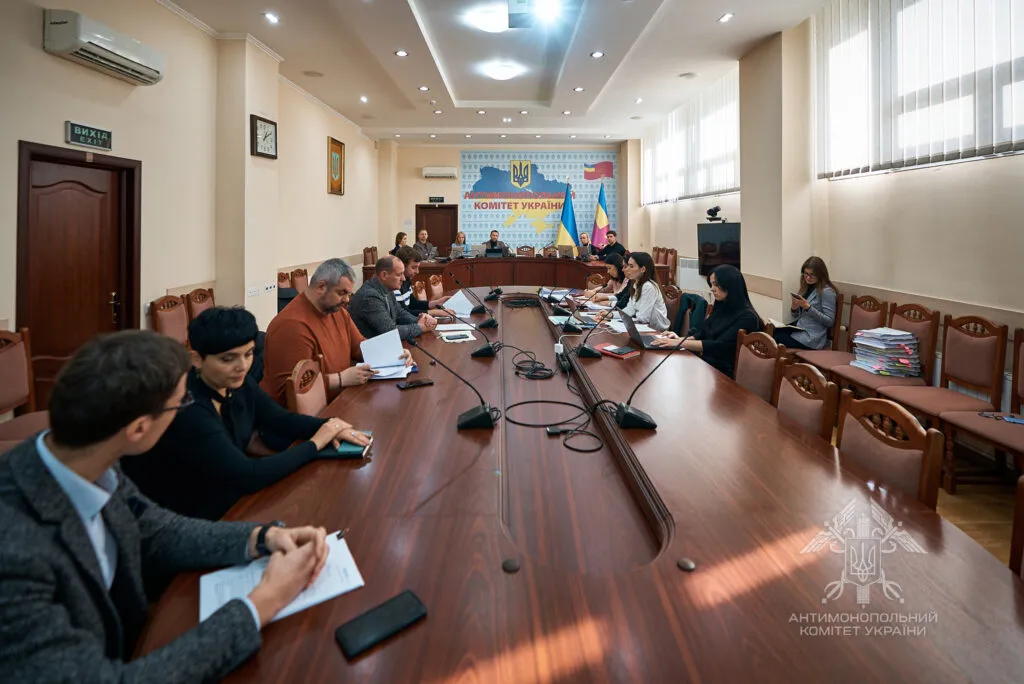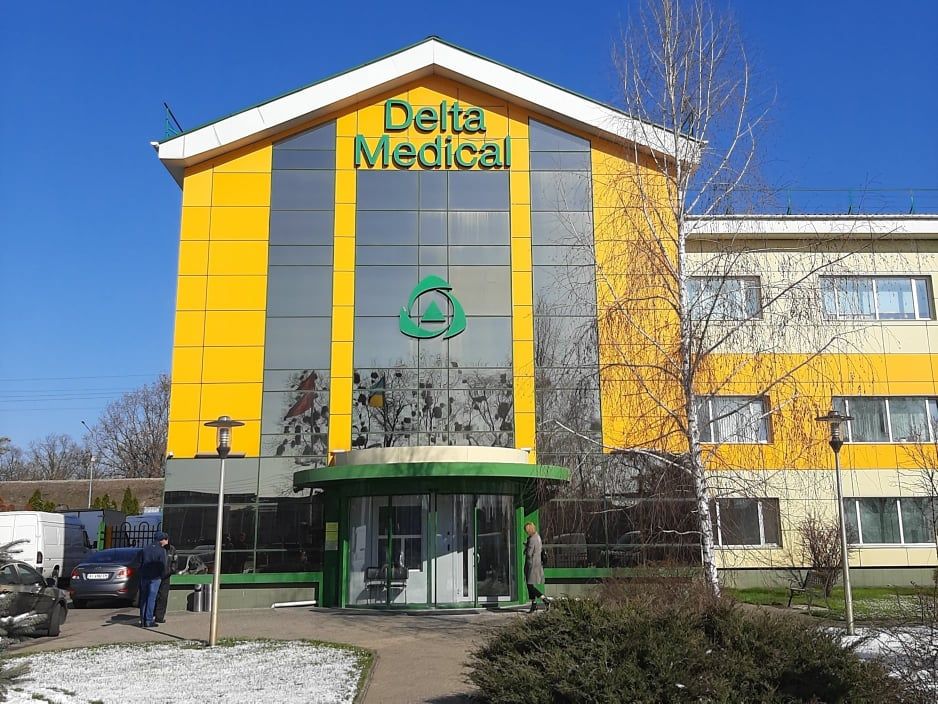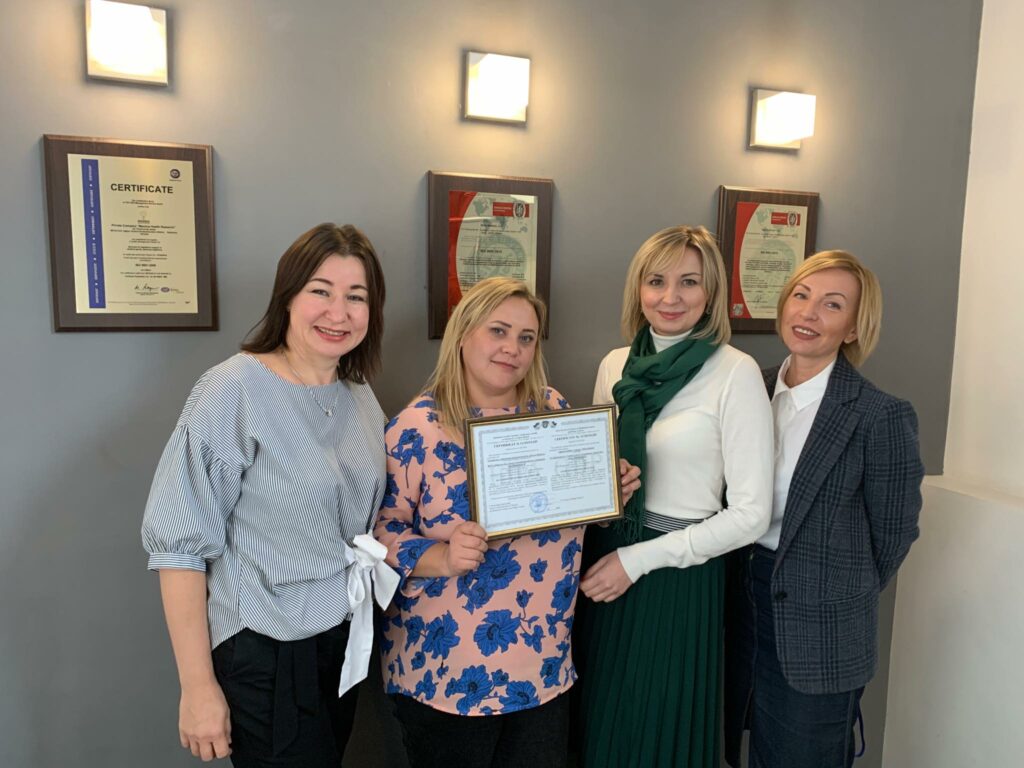
The Committee’s decision recognizes that the Ministry of Health committed a violation in the form of anticompetitive actions of the authorities, which could lead to distortion of competition in the markets of medicines used for the treatment of Gaucher’s disease. This was reported by the AMCU
Gaucher disease therapy
Gaucher disease is an incurable, orphan (rare) inherited disease. Therapy can only help to control some of the symptoms of the disease. Patients are specifically treated with enzyme replacement therapy (hereafter referred to as ERT) [1], and can be used in most patients with type I and III disease.
The most common form of the disease in Ukraine is Gaucher disease type I.
According to the Concept for the Development of the System of Provision of Medical Care to Patients Suffering from Rare (Orphan) Diseases for 2021-2026, Ukraine has pledged to provide patients suffering from rare (orphan) diseases with uninterrupted and free of charge access to necessary medicines.
Consequently, FZT is made at the expense of budgetary funds.
Currently, there are three drugs registered in Ukraine that can be used for the therapy of Gaucher disease, namely:
- “Vpr” (active substance veloglucerase alfa, manufacturer: Scheyer Pharmaceuticals Ireland Limited),
- “Eleliso” (active substance¦taliglucerase alfa, manufacturer: Pharmacia & Upjohn Company LLC, Pfizer Group)
- “Cerezyme®400 UD” (active ingredient and miglucerase, manufacturer: Genzyme Ireland Ltd, Sanofi Group).
In 2020, 63 patients received therapy for Gaucher disease, 67 patients in 2021, and 57 patients in 2022.
The cost of an annual course of FZT for 1 adult patient can be 9 698 157,04 UAH (with the drug “Upr”), 8 834 211,10 UAH (with the drug “Cerezyme® 400 UD”), 5 585 580,00 UAH ) and depends on the age and weight of the patient.
Approaches to defining product market boundaries
The case focused on determining the commodity boundaries of the market in order to resolve the question: the above listed medicines are interchangeable and the business entities – manufacturers are competitors.
It has been established that the preparations “Cerezyme®400 UD”, “Upr” and “Eleliso” are derived from different molecules of biological origin, have similar consumer characteristics, treat the same disease, but have some differences associated with their biological nature and indications for use.
Thus, drugs for the therapy of Gaucher disease differ in indications for use depending on the type of disease and the age of the patient:
- None of these drugs are suitable for the maintenance treatment of type II Gaucher disease;
- Cerezyme® 400 IU (imiglucerase) is used exclusively for the special treatment of type IIІІІ Gaucher disease;
- for the therapy of type I Gaucher disease for children from birth to two years of age only “Cerezyme® 400 UD” can be used, from two to four years of age “Cerezyme® 400 UD” and “Upr” can be used, and for children from four years of age and adults all three medicinal products can be used.
In view of the above, the medicinal products “Cerezyme®400 UD”, “Vpr” and “Eleliso” were analyzed in more detail for signs of a single (similar) product, precisely during their use in the therapy of type I Gaucher disease.
The Committee has established that the prescription of a patient’s drug for therapy of the disease is determined by the commission of VATL of the MH of Ukraine “OHMATDIT” individually on the basis of clinical assessment of his condition and features of the disease.
Switching from one medication to another is a complex procedure that takes place under the supervision of a physician, provided that the switch is medically justified and appropriate. The practice of Gaucher disease therapy indicates that switching between drugs is not used (except for a one-time allergic reaction to the drug).
Consequently, it was determined by the Committee that one of either Cerezyme®400 UD, Vpr or Eleliso could be prescribed by the Board at the point of administration of ¦new patients therapy, as the drugs are partially interchangeable at the point of initiation of therapy for patients. in terms of their indications for use
At the same time, in addition to assessing therapeutic interchangeability, the Committee applied the approaches set out in Methodology [2] regarding the establishment of a group of interchangeable goods. This took into account the specifics of drugs of biological origin to which the standard generic approach cannot be applied.
Upon review of the case, it is found that the drugs are different, among other things:
- behind the manufacturing process;
- by active substances derived from different biological cells that determine their immunogenicity [3]:
- by the size and structure of the active ingredient molecule;
- an intrinsic degree of variability;
- at a price.
Consequently, the Committee concluded that despite partial therapeutic interchangeability for new patients at the stage of FZT prescription by the NDSL Commission of the MH of Ukraine “OHMATDIT”, according to the totality of the signs of interchangeability defined by the Methodology, the medicinal products “Vpr”, “Eleliso”, “Cerezyme®4 OD” form different commodity markets and are not interchangeable.
Circumstances of the violation
The said case was initiated upon the application of Sanofi-Aventis Ukraine LLC, which reported that in 2021, 2022 the Ministry of Health formed and approved nomenclatures for the procurement of medicines for the therapy of Gaucher’s disease, which instead of separate items for each medicinal product, when procuring medicinal products for the treatment of Gaucher’s disease also provided for the combined position “Imiglucerase or taliglucerase alfa, or velaglucerase alfa” (with different notes in different editions).
The Nomenclature edits with the merged item are shown in the table below:
|
International non-proprietary name of the medicinal product |
Order №2 (Nomenclature Order No. 2 2021) |
Order No. 1723 as amended by the order №2330 (nomenclature 2022) |
Order No. 1723 as amended by Order No. 30 (Nomenclature 2022 as amended) |
| Imiglutherosis or taliglutherosis alfa, or veloglutherosis alfa | for patients who have not been treated with budgeted drugs before and for patients who can be transferred between drugs | for patients with Gaucher disease who have not been treated on budget before and for patients who can be transferred between drugs. | for adults with Gaucher disease type 1. |
The orders that approved the nomenclature were submitted to the State Enterprise “Medical Procurement of Ukraine” for its procurement procedures of medicines, including for the treatment of Gaucher disease.
In 2021, 1 procurement was made under Nomenclature 2021 with the combined item (UA-2021-07-02-002838-c).
In the course of the case, it was found that based on the results of the procurement of medicines for patients with Gaucher’s Disease, the cheapest drug, Eleliso, was determined as the winner in the combined position. At the same time, competition with other medicinal products did not even take place, as business entities with other medicinal products did not enter the procurement.
That is to say, as a result of the 2021 Nomenclature, competition was distorted at the stage of fighting for new patients, as the procurement introduced a price mechanism of competition between goods forming different product markets..
During the period of investigation in this case, no procurement for the combined item under Nomenclature 2022 and Nomenclature 2022, as amended, was not conducted.
However, in the event of such a procurement, the competitive effects of the 2022 Nomenclature would be the same as those of the 2021 Nomenclature.
But the implications of the 2022 Nomenclature, as amended, could be more serious because its application in practice could result in:
- all new patients would be started on Eleliso, and all (or a portion of) adult patients with Gaucher disease type I already receiving treatment could be involuntarily switched to Eleliso, or
- all or part of the adults with Gaucher disease type I (who would not have been involuntarily transferred to treatment with Eleliso) continued treatment with the drug they were previously taking and such drug would have been provided through humanitarian assistance.
In the first case, the manufacturer would gain an advantage over other manufacturers not due to its own achievements, but due to the interference of the Ministry of Health in the process of formation of the subject of procurement and its creation of conditions for “imaginary” competition, since the winner of the auction, which would be the bidder with the lowest price, had already been pre-determined.
In the second case, this could lead to manufacturers being forced to donate drugs in the form of humanitarian aid instead of making a profit.
Thus, the actions of the Ministry of Health, which consisted in issuing orders approving nomenclature with the combined entry “Imiglucerase or taliglucerase alfa or velaglucerase alfa. “, “Vpr” and “Cerezyme®400 UD”.
It should be noted that at the time the case was decided, DHS had terminated the violation.
In particular, the Order of the Ministry of Health dated 11.08.2021 No. 1723 was recognized as invalid and medicines for the treatment of Gaucher’s disease – procured separately for each name of the medicinal product by entering into managed access contracts.
[1] FZT is a treatment method that involves intermittent administration of a specific enzyme that is in short supply in a patient.
[2] Methodology for determining the monopoly (dominant) position of economic entities in the market, approved by the order of the Antimonopoly Committee of Ukraine dated 05.03.2002 No. 49-r, registered with the Ministry of Justice of Ukraine on 01.04.2002 under No. 317/6605 (hereinafter – Methodology of Determination).
[3] the ability of proteins and other biological medicines to induce an undesirable immune response, which in rare cases can cause serious adverse reactions (e.g., anaphylaxis or delayed hypersensitivity) or decreased efficacy.



